Road to Immersive Augmented Reality - Spatial Computing and Apple Vision Pro
Almost two months have passed since the launch of Apple Vision Pro and, unsurprisingly, the debate about the future of Virtual Reality and Augmented Reality has once again begun. I talk about the future because not even with the big leap in UX/UI that Apple has made, VR and AR technology isn’t close to catching on with the general public. It is a big industry but it can still be considered niche.
Virtual and augmented reality are curious technologies, as those who make the leap into the manufacture of these devices always try to cross certain borders in which this technology seems to be enclosed... In other words, they try to standardize a technology that seems to be condemned to the niche of gaming, professional applications and immersive experiences.
Apple Vision Pro - The latest giant to embark on the complex path of mixed reality
Apple, with its Spatial Computing, is the latest emissary of this standarization, the latest conqueror of a terrain that seems to have been mined. An example of this attempt to convert a VR/AR product into an everyday product is its "questionable", if not misleading, marketing campaign, in which the user's eyes could be seen through the glasses themselves, when in reality the user sees the world through the device's external cameras, which is one of the main barriers to this technology, since not even the best camera comes close to what our eyes can do.
Apple is aware of the limitations of its product, of the barrier of seeing the world through a device and not with your senses. Spatial Computing is more oriented towards achieving a mixed augmented reality device (Apple's product tends more towards AR) than a virtual reality one. Its aim is to add an additional layer of information to everyday reality, rather than immersion in new worlds (although the device is also prepared for this). Apple has understood that the mass adoption of this technology depends on creating a product that is seamlessly incorporated into everyday life, but it has not yet succeeded for a number of reasons:
- The price of the product is too high for it to reach the general public.
- There are still no differentiating applications developed for the Vision Pro.
- Apple's glasses are still too bulky to wear without being a nuisance or even a health problem (there have already been cases of serious contractures, dizziness or falls).
- Augmented reality needs to develop its own language: the applications and uses of augmented reality do not differ much from what you can do with a mobile phone.
- The industry is moving in different directions: creating a "Metaverse" (a path to immersion through virtual reality) is not the same as opting for augmented reality and Spatial Computing.
The origins of virtual reality and augmented reality
The origins of virtual reality date back to the Second World War, with the Whirlwind project and later the Claude Project: a flight simulator for bombers developed by MIT. It wasn’t until ten years later that the first prototypes that bring us closer to the current use of VR devices were launched: in 1962 Morton Heilig built Sensorama, a machine that displays wide-angle three-dimensional stereoscopic images, with stereo sound, wind effects, aromas and a moving seat. This device was similar to an arcade machine and can be considered the first approach to virtual reality. Its development did not go very far, but it laid the foundations for today's industry and, above all, paved the way for that peculiar obsession to recreate reality through a technological device, fuelled by that human need to imagine and create alternative worlds.
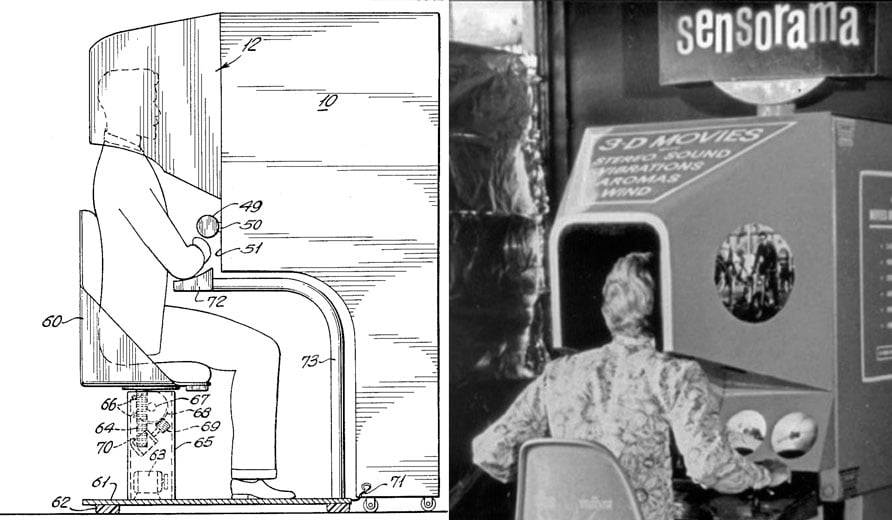
It took 20 years for the virtual reality industry to re-emerge. Previously there were immersive cinematic experiences and even interactive experiences, such as the Aspen Movie Map. This technology was developed in 1978, it allowed you to walk through the streets of the townyou saw, similar to the way Google Street View can do now. However, we can’t consider these inventions as relevant to the development of VR, or at least to its current directions.
Nintendo's Famicom 3D System, released in 1987, could be considered the first true virtual reality glasses. This system was the predecessor of the Virtual Boy (1995), which was marketed as the first console capable of displaying stereoscopic "3D" graphics. Sega enters the race in 1991 with Sega VR and its top model Sega VR-1 (1994), but neither of these products is a great commercial success.
There is another 17-year gap until Palmer Luckey enters the scene with the Oculus Rift (2012), later acquired by Meta for the development of Meta Quest 2 in 2019.
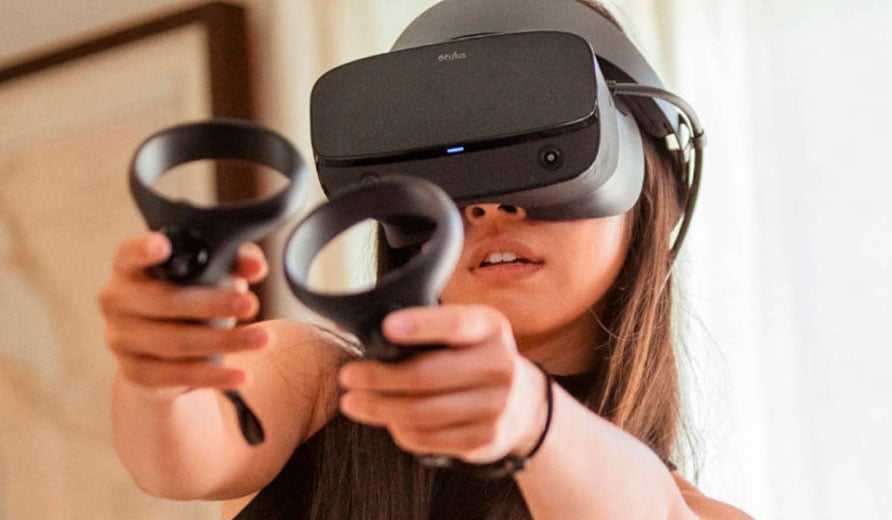
From here begins the race to make the technology cheaper and to make the VR market accessible, with the sole purpose of extending Zuckerberg's idea: the Metaverse. Players such as Samsung, HTC and Sony come into play. Even so, the idea doesn't take off, it doesn't quite catch on... There's something about VR that the big players don't know how to unravel.
Differences between augmented reality and virtual reality
Let's move on to augmented reality, which, although it shares beginnings with virtual reality and draws on the same technology, its development runs in parallel. The first major development in augmented reality was Videoplace, created in 1974 by Myron Krueger. This invention combined a projection system and video cameras that produced shadows, generating an interactive environment in an artificial reality that surrounded users and responded to their movements and actions.
These beginnings perfectly define the subsequent development of the technology: actions in the real world controlling virtual elements. Although in the 1990s the technology was used for multiple projects, including one for NASA, the main development of the technology took place in the 2000s: Microsoft's Kinect was the first to use body movements to control actions in a video game. These were the first steps towards the technological development of what is now known as Augmented Reality: "is the set of technologies that allow a user to visualise part of the real world through a technological device with graphical information added by it" (Wikipedia).
This is where AR and VR technologies begin to converge, giving rise to the concept of Mixed Reality (MR).

The technological futurism of AR and VR has come and gone 3 times in a period of 60 years. In those attempts, the imprint of this technology seems to grow, but the time is never quite right, always the comment "it's too early" or "we are at the dawn of the future". It seems that modern society is reluctant to make the transition to Cyberpunk society ("is a sub-genre of science fiction, known for depicting dystopian visions of the future in which advanced technology is combined with a low standard of living. - Wikipedia") in a clear way. Even with this resistance, the industry of the tech giants continues to pull in this direction.
The beginnings of immersive augmented reality
2012 seems to be the year of the resurrection and redefinition of the concept of Augmented Reality: the implementation of the smartphone, the emerging gaming culture, the internet culture and social networks, make the idea of virtual and augmented reality emerge stronger than ever, and the big technology companies are racing to open a new market.
Google Glass: the hit of augmented reality glasses
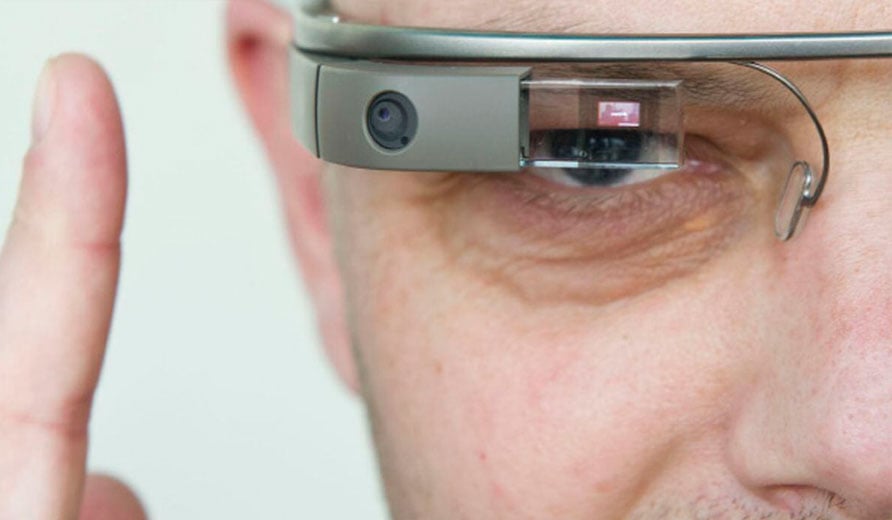
Google Glass had everything an idea needed to succeed: a lot of hype, a lot of press, good marketing, a great brand behind it and an attractive, usable design, not very different from conventional glasses.
Google announced its launch in 2012 and the prototype was released to the developer market a year later for the price of $1500. As we have said, the initial reception was huge. Time magazine included Google Glass among the best inventions of the year, sales among developers were very good, but soon the first bugs were located: some related to operation and others to privacy and copyright. After a very long beta, many of the companies that had jumped on the bandwagon of developing applications for Google Glass abandoned ship. Google made some improvements to the glasses that went on sale to the mass public in the US in May 2014 to later launch in the UK. Just one year after its launch, the
Hololens and the stumble with the mixed reality hardware of another Giant.
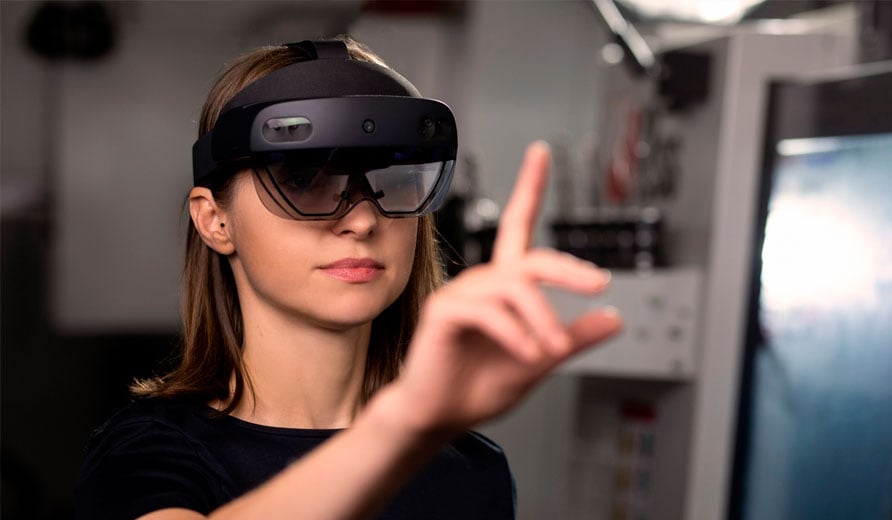
The story of Microsoft's Hololens is very similar to that of Google Glass: on March 30, 2016, the developer phase began and it was launched with a price of $3000. In the same year, it was announced that it would be available for reservation in Europe, Australia, and the US. It wasn't until 2019 that the product was announced again, and due to its high price and poor reception, Microsoft changed its strategy and decided to rent out its device instead of selling it. In 2022, the cessation of its production was announced.
Hololens' differentiation lay in being directly aimed at professional environments: mainly medical, manufacturing, and even military environments. This orientation led them to secure a million-dollar contract with the US Army to equip its soldiers with the device, which led several company executives to submit letters of complaint about the direction the project had taken.
Microsoft even began developing special chips for augmented and virtual reality, but these were not applied to Hololens.
What is clear is that major technology companies have made a strong bet on virtual and augmented reality, believing that this technology will be the future and that devices oriented towards it will have the success and expansion of the current smartphone. However, this big bet seems to have led time and time again to a dead end.
The Metaverse: fractalizing the world
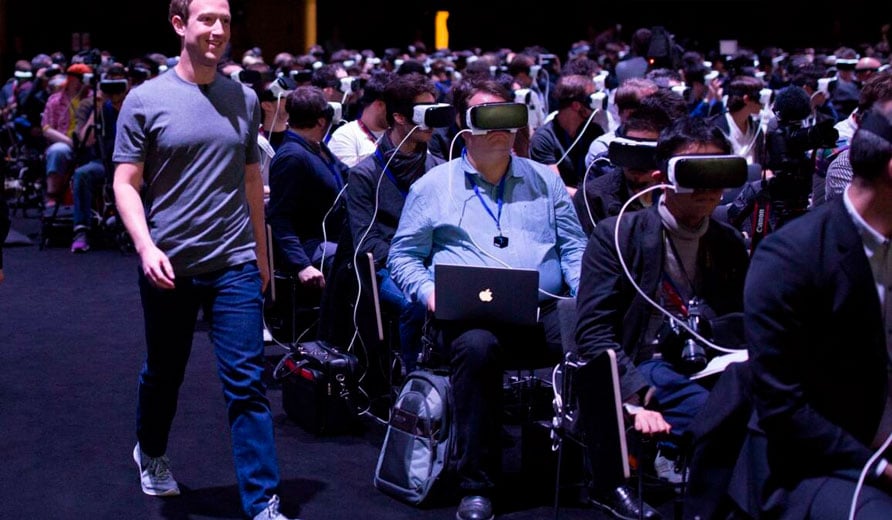
Where to start with the Metaverse... Zuckerberg's idea seems to be aimed at making the Metaverse a sort of 2.0 version of the Internet. It's the same place but now in an immersive VR environment. A place where we all create one or more avatars and enjoy hobbies and leisure in common without the barriers of the physical world. A world totally malleable to our image and likeness... and a world where we can sell virtual land, virtual clothes, virtual apartments, virtual stores, virtual status, virtual brands and of course, virtual sex.
To top it off, the metaverse was quickly linked to cryptocurrencies, blockchain and the world of NFTs, to make unique and scarce that which in principle is not. The initial infantile graphical appearance, the lack of interesting applications and activities, the prohibitive price of entry, the already existing privacy issues and uncertain regulation are not very flattering indicators for the idea of creating a world within the world. On the other hand, competing brands are resisting not only the term Metaverse, but Meta dominating the platform on which to develop a virtual reality world.
Still, the metaverse continues to thrive in an uncertain and erratic way, probably driven by the juicy new economics of creating a new place to sell products and services without the need for material production and distribution. Proof of this fractalization were the crazy real estate figures of 2021: major architectural firms, such as Zaha Hadid Architects, Grimshaw, Farshid Moussavi and the Bjarke Ingels Group, entered to design buildings, houses and public spaces in the Metaverse. This initial hype meant that "virtual land" skyrocketed like a piece of land in Marbella in the 1990s: 116 plots of Decentraland, one of the most famous virtual worlds, sold for €2.49 million in cryptocurrency and, although expectations were much, much higher, by 2023 the figure had doubled, not without a very considerable drop as the year progressed.
Horizon Worlds, Meta's own bet, expected to have, by the end of 2023, more than 500 thousand monthly active users, but however, as The Washington Post revealed, they did not reach 200 thousand. Compared to other applications of the company (Instagram or Whatsapp), the number of users is derisory. But it gets worse as most users do not return to Horizon Worlds after the first month, and the numbers are in free fall.
This does not mean that Virtual Reality and Augmented Reality technology is a failure. On the contrary, the world of gaming and VR is growing, with Minecraft and Roblox being two of its main exponents. What fails, again and again, is the attempt to make the technology everyday, to be consumed like television or cell phones.
Is Mixed Reality the Future? The role of AI in the empowerment of augmented reality
The emergence and rise of Artificial Intelligence may be a new breath of fresh air for Mixed Reality technology, which, curiously enough, shares the same space. It seems that the economy of the future is a dystopia.
Voice User Interface (VUI), pattern, face and object recognition and the "procedural" recreation of worlds offered by artificial intelligence can make interaction with virtual and augmented reality devices much friendlier.
Imagine you are visiting a city and you hire a tour guide. You put on glasses similar to Glass and the cameras recognize the monuments, statues and paintings in a museum, giving you information on demand. By voice you give the command: What year was it built? Who painted the picture and with what technique? Could you superimpose the artist painting the picture? How do I get to this monument? Show me on a map what I should visit in a day? And now let's move on to the dystopian: Imagine you put on those same glasses and the people around you have self-selected beauty filters applied to them. All the women have thin noses, wide eyebrows, porcelain skin and blue eyes, and all the men have wide jaws, bushy eyebrows, trimmed beards, perfect skin and sculpted bodies. This or whatever the prevailing vision of beauty is at that precise moment.
We are talking about a world intervened by technology, in which the processing capacity is immense, in which farms of graphic cards or new processors work incessantly to change our perception in real time, to such an extent that we no longer know how to distinguish it from the physical.
On the one hand, it is an exciting world in which creativity would have no limits, in which you could experience plots, experiences and experiences like never before, in which you could take the leading role in your favorite movies, for example. On the other hand, it is also a world that can be frightening: because it is artificial, because it is impossible to distinguish what is real and what is not, and because of the isolation that all this would entail. Imagine a world where hallucinatory multi-user experiences are part of everyday life... but imagine it well, with all its consequences and in all areas: social, labor, leisure, political, economical...

